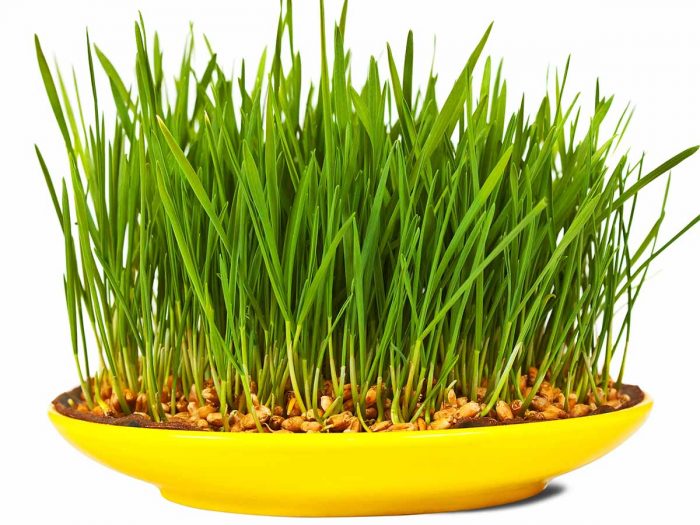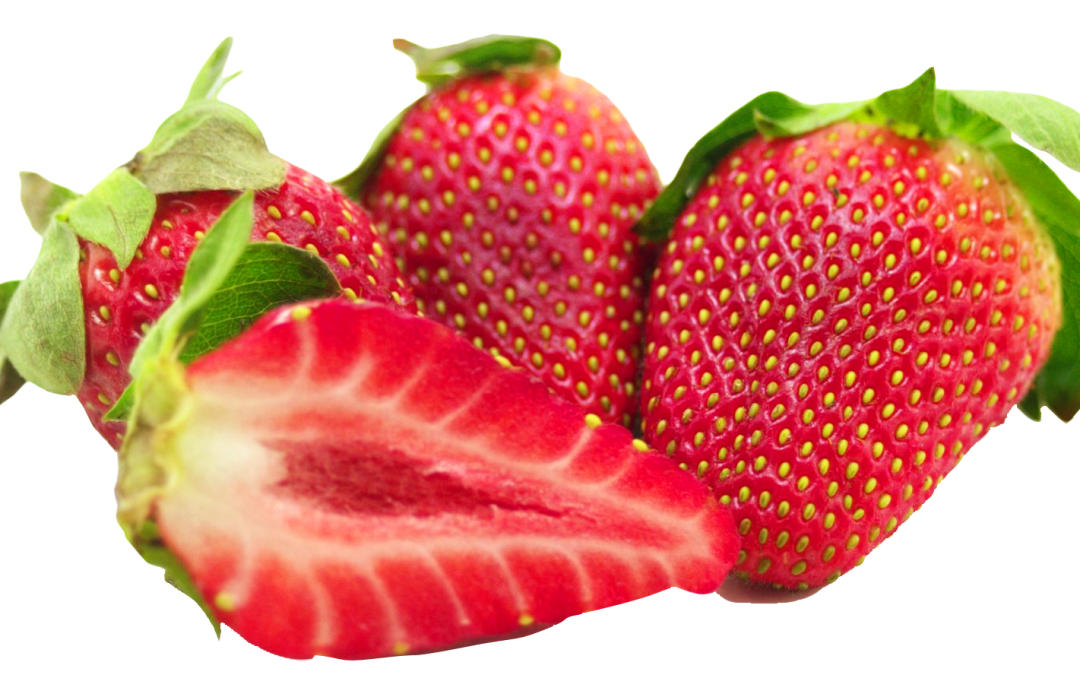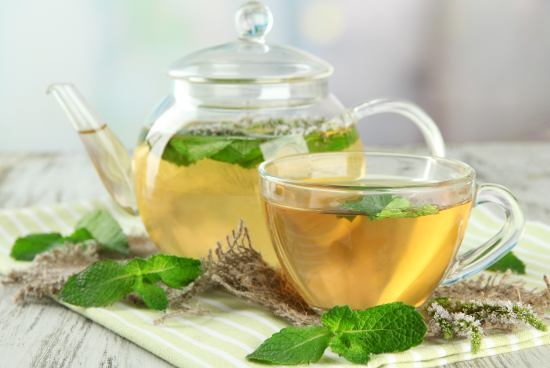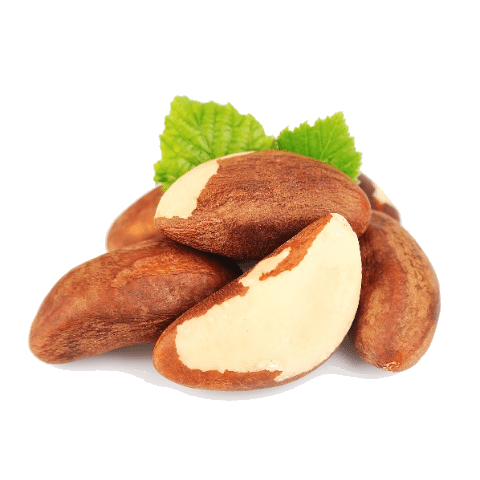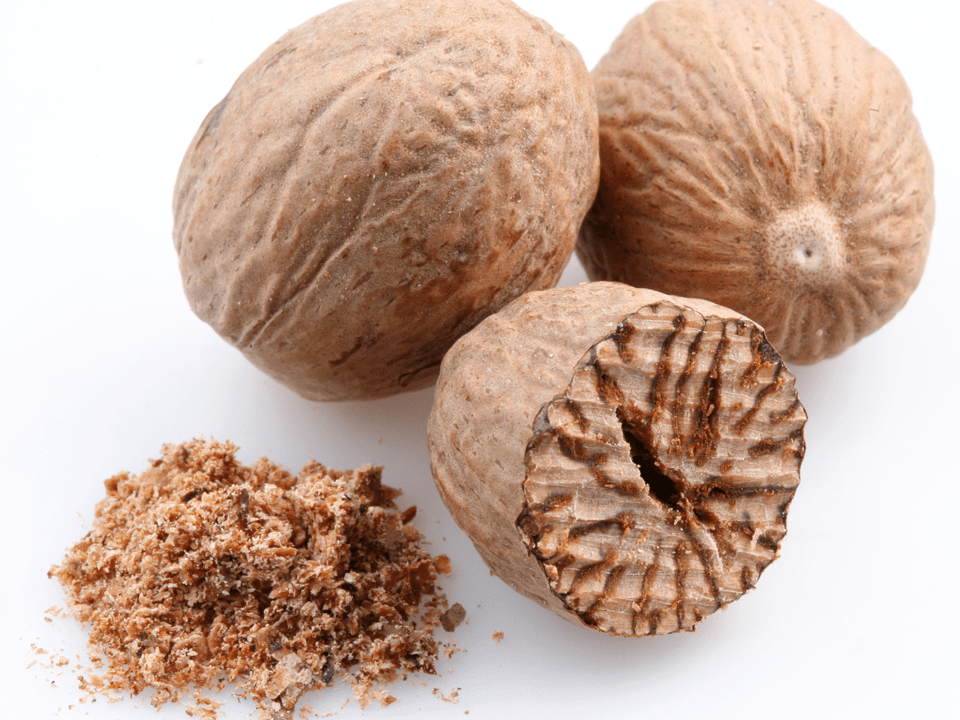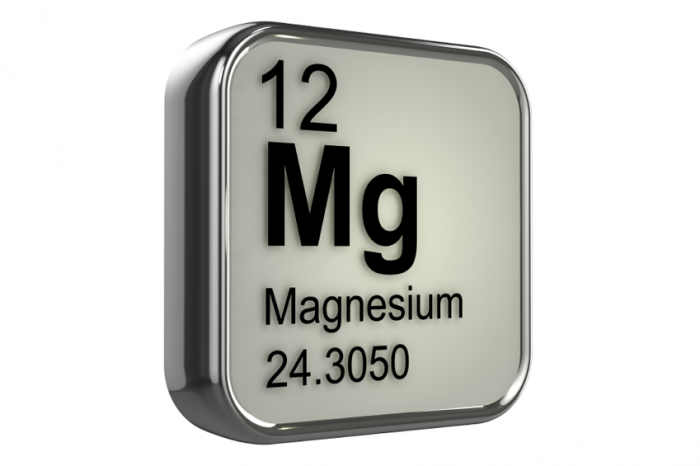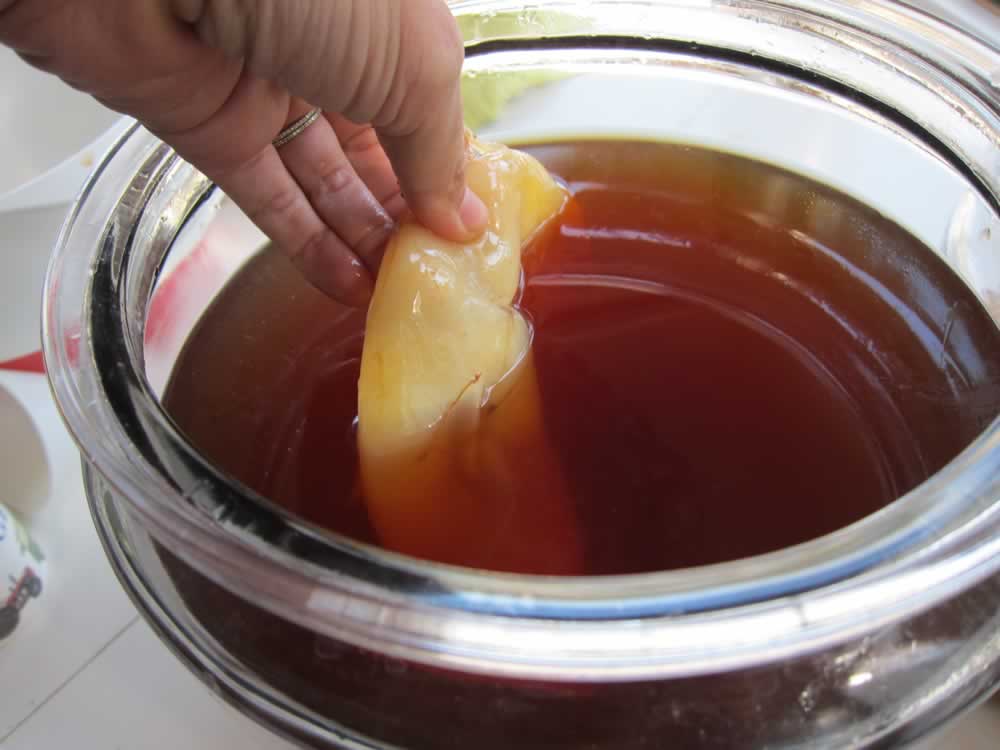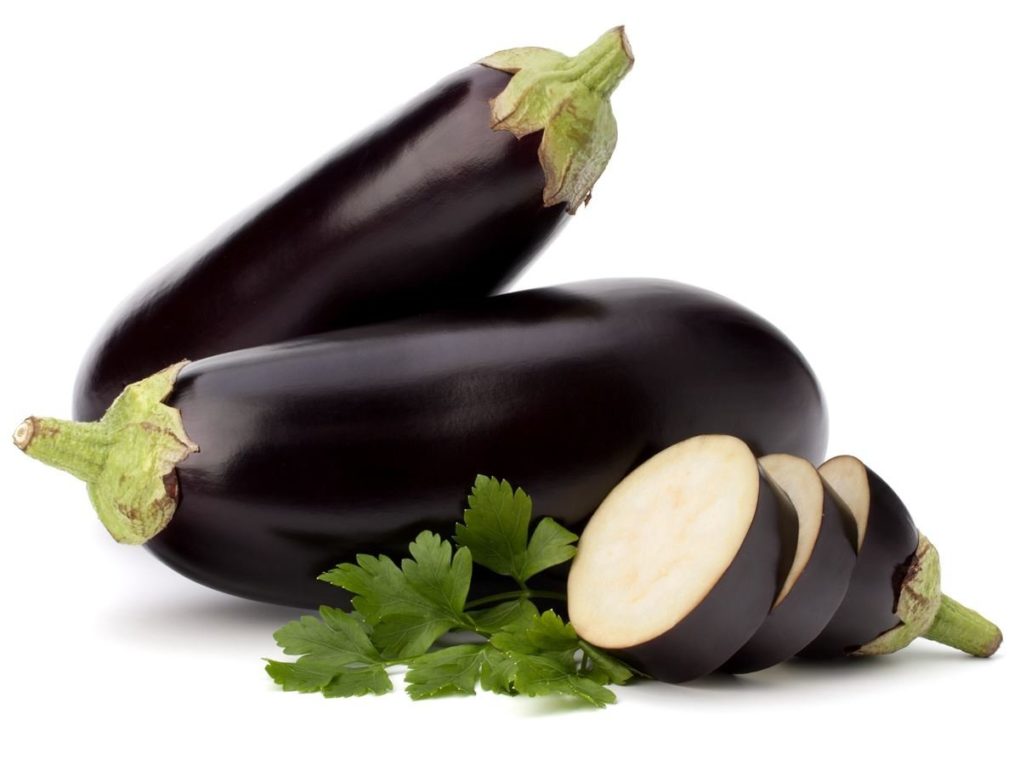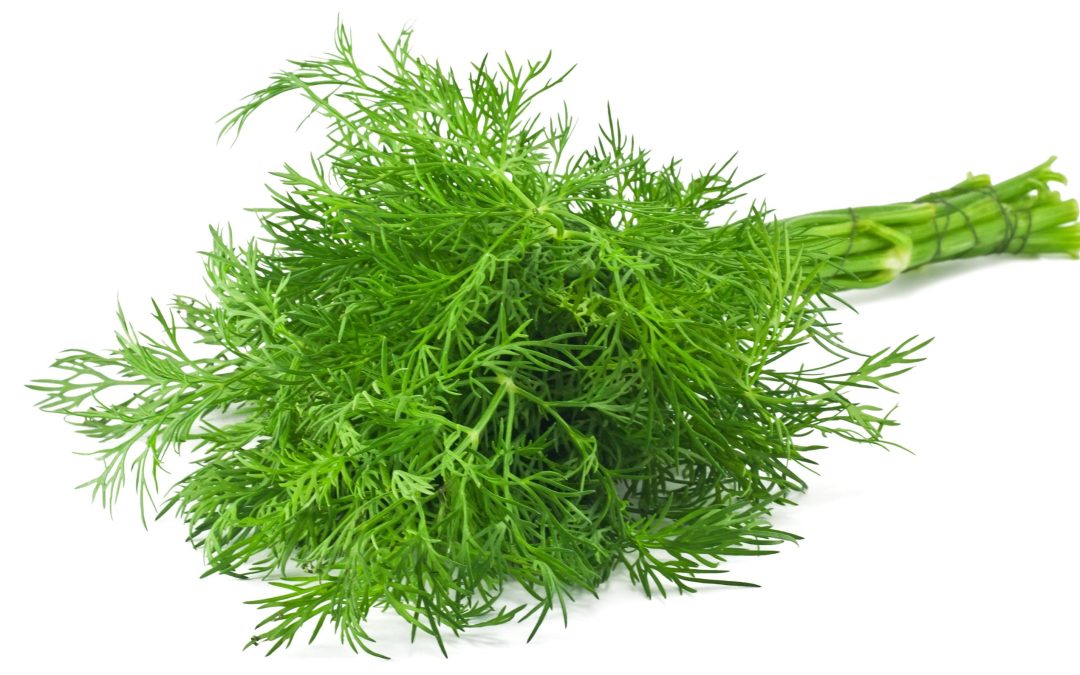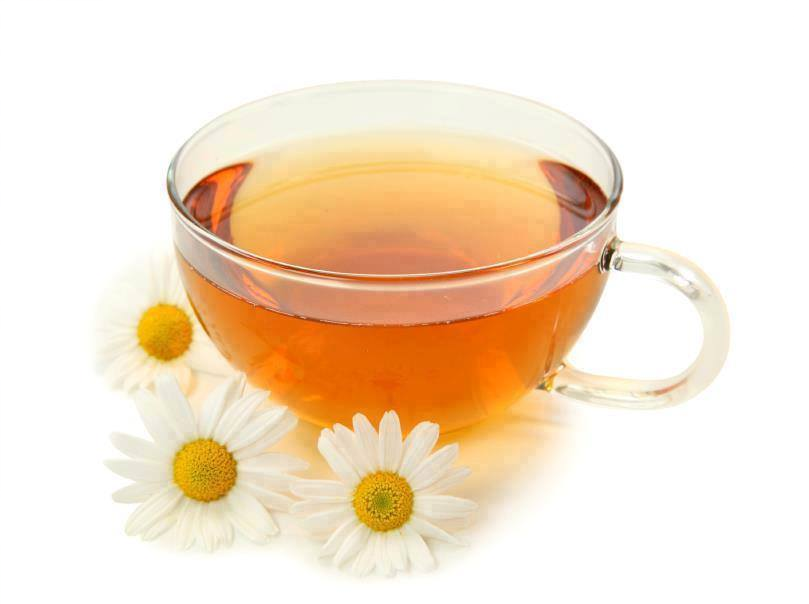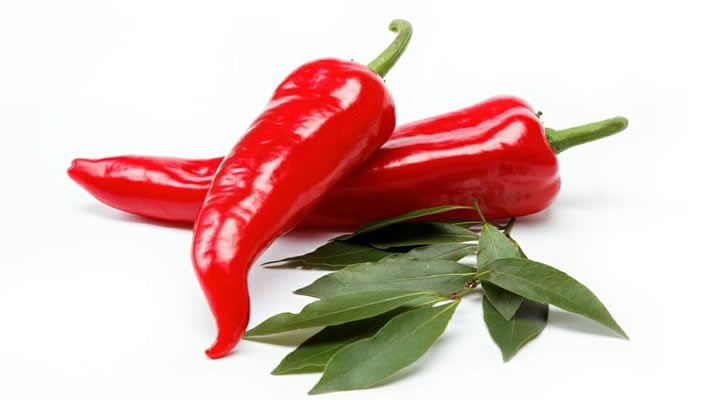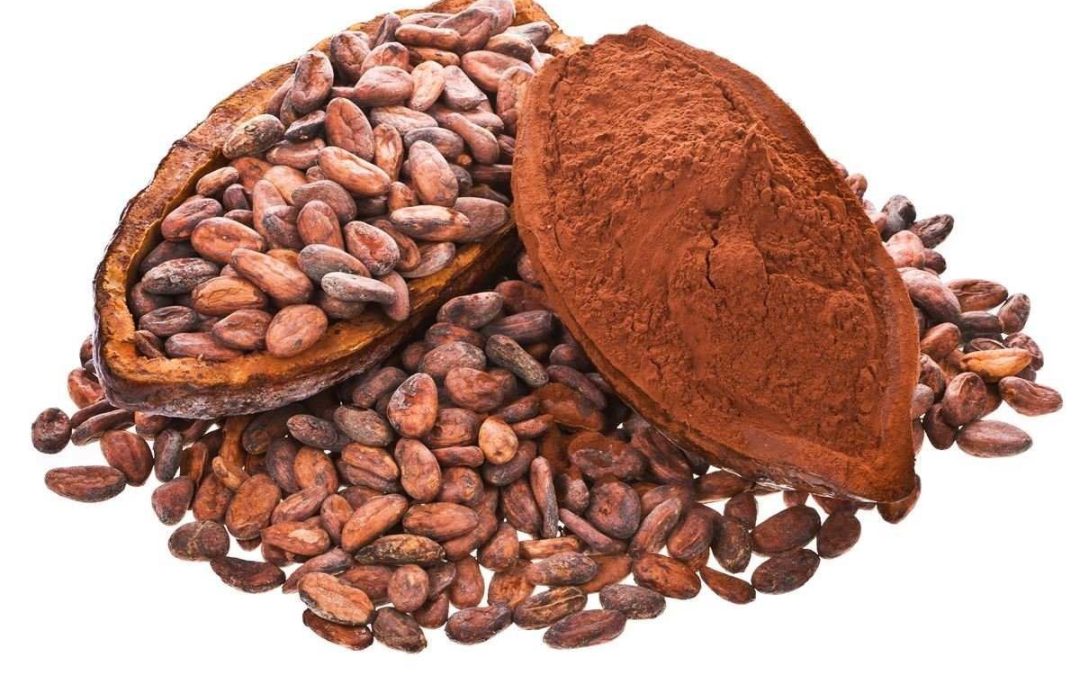Zingiber Officinale
Diabetes mellitus results in neuronal damage caused by increased intracellular glucose leading to oxidative stress. Recent evidence revealed the potential of ginger for reducing diabetes-induced oxidative stress markers. . . This study revealed a protective role of ginger on the diabetic brain via reducing oxidative stress, apoptosis, and inflammation. These results represent a new insight into the beneficial effects of ginger on the structural alterations of diabetic brain and suggest that ginger might be a potential therapeutic strategy for the treatment of diabetic-induced damage in brain.
Recent research looked at ginger consumption on glycemic status, lipid profile and some inflammatory markers in patients with type 2 diabetes mellitus. Ginger improved insulin sensitivity and some fractions of lipid profile and reduced inflammation in type 2 diabetic patients. Therefore, ginger can be considered as an effective treatment for prevention of diabetes complications.
Ginger has been used worldwide for many centuries in cooking and for treatment of several diseases. The main pharmacological properties of ginger include anti-inflammatory, antihyperglycaemic, antiarthritic, antiemetic and neuroprotective actions. Recent studies demonstrated that ginger significantly enhances cognitive function in various cognitive disorders as well as in healthy brain.
Dr. Ali Majid states that in his experience, turmeric and ginger are the safest and most potent anti-inflammatory spices. Both spices are also quite inexpensive if purchased properly.
Fresh ginger is sold in grocery stores and is recognized as the beige-colored and knotted underground stem (rhizome) of the plant Zingiber officinale. It is a native plant in Asia where it has been used as a culinary spice for nearly 5,000 years. Ginger has a long history of medicinal uses in the ancient Asian medical traditions for treating a host of disorders, including gastrointestinal disorders (nausea, digestive-absorptive disorders, diarrhea, motion sickness, nausea of pregnancy, and others), arthritis, heart disease, headache, and chronic infections. All those disorders are now recognized as inflammatory in nature.
In practice, ginger remedies are used as extracts, tinctures and oils. At present ginger is found in a variety of beverages and foods, including ginger water, ginger ale, ginger bread, ginger snaps, and ginger sticks. Gingerol is a well-characterized bioactive ingredient of ginger. HOWEVER, these forms of ginger will serve no purpose medicinally as the amount of sugar and other additives contained in these foods will cancel out the positive effects of the ginger.
Ginger (Zingiber officinale) is well-known for its effectiveness in treating nausea and vomiting, but it is also effective as a digestive aid and in the treatment of inflammatory conditions. T
Characteristics
- Common Names: Ginger
- Family: Zingiberaceae
- Habitat: Zingiber officinale is native to Asia and is widespread in the tropics.
- Parts Used: Root/rhizome
- Constituents: Oleoresins (pungent principle; gingerols and shogaol)
Medicinal Actions
Warming stimulant tonic, aromatic, anti-inflammatory, antiemetic, carminative, digestive stimulant, cholagogue, cardiotonic, antithrombotic (high doses), rubefacient, respiratory stimulant, diuretic, spasmolytic, antiseptic, emmenagogue, pungent, sialagogue, sedative, diaphoretic, analgesic, antimalarial, antimicrobial, cardiac tonic
Historical Uses
Zingiber has historically been used for dyspepsia, vomiting, cholera, and malaria. It is thought to have been derived from the Garden of Eden.
Medicinal Uses
- Digestive Aid
- weak digestion, atonic dyspepsia, colic, gas, cramping, anorexia
- Inflammatory Conditions
- arthritis, rheumatism, bronchitis
- Nausea and Vomiting
- vertigo, motion sickness, morning sickness in pregnancy (see Cautions and Contraindications), post-operative nausea
DBM Protocol – Adjunct Treatment – Ginger
Formulations and Preparation
- Infusion – 1 tsp/cup as needed
- Dried rhizome – 0.25-1.0 g taken orally as a capsule, tablet, powder, or decoction three times daily
- Tincture – 1.5-5 ml (1:5, 40%) three times daily or 1.5-3mL (1:5, 90%) three times daily
- Powder – 1-2 g as a single dose antiemetic (For motions sickness, take 2-4 g daily)
Ginger Powder
For the suggested daily dose of 1/2 tsp twice daily
Spices should not be taken in therapeutic doses daily for extended periods of time. Thus, a weekly rotation of turmeric and ginger in the recommended doses is appropriate as a general guideline. Both spices, of course, can be taken concurrently for up to four weeks for acute inflammatory and infectious processes.
Ginger Tea (Infusion)
Ingredients
- Clean hot water
- 1 small knob of fresh ginger [2.5-3.5 cm] peeled and grated (per person)
- Honey to taste – optional
- Lemon to taste – optional
Instructions
- Boil clean spring or borehole water
- Pour into cups – add grated ginger
- Add honey and lemon if desired
Safety
The safety and prescribing considerations for this herb include:
- Generally regarded as safe.
- Side-effects are rare but may include heartburn and digestive upset.
- Cautions and Contraindications: pregnancy due to its emmenagogue/abortifacient action (empirical) in a dose of >2g daily, doses greater than 1g daily should be used only when the patient is under medical supervision; gallstones without physician consult due to its cholagogue action (speculative)
Drug/Herb Interactions.
- Anesthesia, General – Beneficial or supportive interaction with professional management, prevention or reduction of drug adverse effect; Zingiber reduces post-operative nausea and vomiting (PONV) caused by anesthetics. Possible alternative to pharmaceuticals in moderate PONV. Insufficient activity for emetic rescue in acute cases. Consider pretreatment in elective surgery patients.
- Antiplatelet Agents – Potential or theoretical adverse interaction of uncertain severity; This is based on Zingiber’s “NSAID-like” activity (clinical occurrence and significance not established, increase risk of bleed negligible). Professional monitoring advised but preferably avoid.
- Cisplatin and Emetogenic Antineoplastic Chemotherapies – Beneficial or supportive interaction with professional management, prevention or reduction of drug adverse effect; Zingiber reduces acute nausea and vomiting associated with these drugs. Consider pretreatment and post-treatment (up to 24 hours) for nausea.
- Nonsteroidal Anti-inflammatory Drugs (NSAIDs) and Analgesic Antiarthritics – Beneficial or supportive interaction not requiring professional management, prevention or reduction of drug adverse effects; Zingiber given as an adjuvant helps to increase symptom relief and reduces side effects of drug allowing for lower doses.
- Phenprocoumon and Related Oral Vitamin K Antagonist Anticoagulants – Potential or theoretical adverse interaction of uncertain severity; Zingiber has a theoretical additive effect on hemostasis (one case report, conflict with clinical data, suggests risk generally overstated). Monitor INR.
| DBM COMMENTIt should be noted that DBM Physicians / Practitioners reduce the use of pharmaceutical drugs once a person is on our programs. always be guided by your healthcare practitioner or DBM Physician / Practitioner when weaning off drugs. Do not attempt to do this without the guidance of a healthcare practitioner. |




